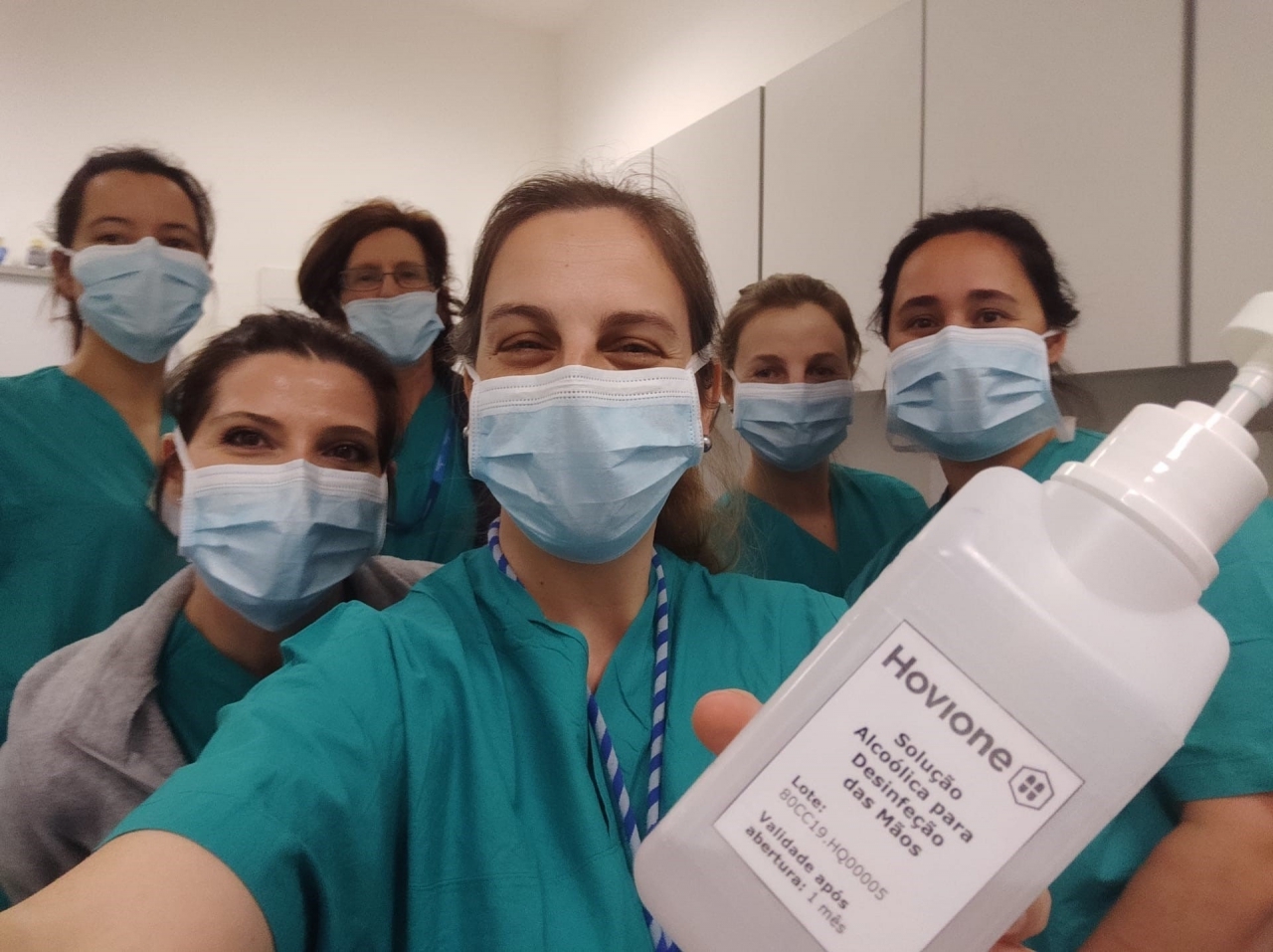Press Room
News
/
Mar 27, 2020
Covid-19: Group of Nurses thanks Hovione
Hand sanitizer donated by Hovione

A group of Nurses thanks Hovione for donating hand sanitizer by sending us this picture.
Hovione is producing hand sanitizer pro bono to help with Covid-19 prevention. Our aim is to help to prevent the shortage of hand sanitizer in Portugal especially in what concerns Health units and other official entities directly involved with the measures to contain the Covid-19 pandemic. In a moment in which we are all called to mobilize and help to reduce the impact of Covid-19, this is one way in which we are very glad to contribute.
You might be also interested in:

